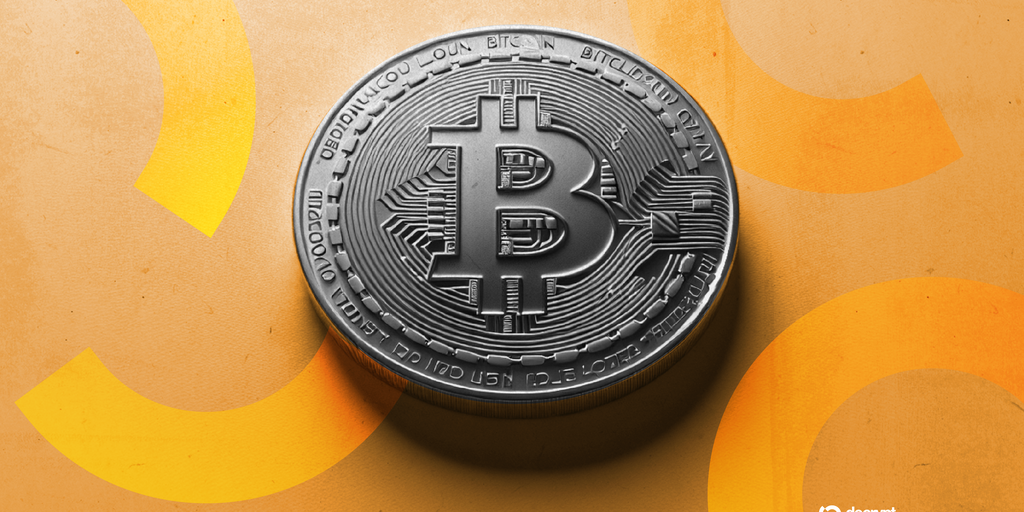Market Pulse
The convergence of traditional finance and the burgeoning digital asset space has reached a pivotal moment, with BlackRock, the world’s largest asset manager, signaling that asset tokenization represents the next monumental opportunity. This sentiment is echoed by numerous industry experts who foresee the vast majority of financial assets being tokenized within the next five years. This shift promises to unlock unprecedented efficiencies, liquidity, and accessibility, yet it also highlights significant infrastructure gaps that need bridging for this vision to fully materialize.
BlackRock’s Vision: The Trillion-Dollar Opportunity
Larry Fink, CEO of BlackRock, has consistently articulated a bullish stance on the transformative power of digital assets, moving beyond initial skepticism to champion blockchain technology as the future backbone of financial markets. BlackRock’s foray into spot Bitcoin ETFs, which garnered significant inflows, was merely a precursor to a grander strategy: tokenizing real-world assets (RWAs). Fink views tokenization not just as an incremental improvement but as a fundamental re-architecture of market infrastructure, potentially streamlining everything from equities and bonds to private credit and real estate. This strategic pivot by an institution of BlackRock’s stature lends immense credibility and impetus to the tokenization movement.
- Enhanced Liquidity: Tokenizing illiquid assets can enable fractional ownership and easier transferability, creating new markets.
- Increased Transparency: Blockchain’s immutable ledger provides a clear audit trail for ownership and transactions.
- Operational Efficiencies: Automation through smart contracts can reduce intermediaries and manual processes, cutting costs.
- Broader Access: Fractional ownership can democratize investment opportunities, making high-value assets accessible to a wider range of investors.
The Expert Consensus: A Five-Year Horizon for Most Assets
Beyond BlackRock, a growing chorus of financial leaders and blockchain proponents believes that the tokenization wave is inevitable and imminent. Industry analysts and fintech executives suggest that within half a decade, a substantial portion, if not most, of the world’s financial assets – currently valued in the hundreds of trillions – will exist in a tokenized form. This isn’t just about cryptocurrencies; it’s about leveraging blockchain’s fundamental properties to represent traditional assets digitally, allowing for programmable money and programmable assets to interoperate seamlessly. This vision includes a wide array of asset classes:
- Stocks and bonds
- Real estate
- Private equity and venture capital funds
- Commodities and intellectual property
- Art and collectibles
Bridging the Infrastructure Gap for Tokenized Finance
Despite the immense potential, the journey to a fully tokenized financial system is not without its hurdles. Experts point out a critical “infrastructure gap” that currently limits widespread adoption. This includes the need for robust, scalable blockchain networks capable of handling institutional-grade volumes, secure and compliant digital custody solutions, and interoperability standards that allow tokenized assets to move freely across different platforms and blockchains. Furthermore, the existing legal and regulatory frameworks, largely designed for an analog world, require significant adaptation to accommodate the unique characteristics of digital, tokenized assets.
Key infrastructure requirements include:
- Secure and scalable blockchain platforms (e.g., enterprise blockchains, public chains with robust scaling solutions).
- Interoperability protocols for seamless asset transfer across networks.
- Sophisticated digital custody and asset management solutions.
- Standardized legal frameworks for ownership, transfer, and enforcement of tokenized assets.
- Robust KYC/AML procedures integrated into tokenization platforms.
Implications for Traditional Finance and the Crypto Ecosystem
The tokenization of financial assets represents a paradigm shift that will profoundly impact both traditional finance and the native crypto ecosystem. For TradFi, it offers a pathway to modernize antiquated systems, reduce settlement times, and unlock new revenue streams. For crypto, it signifies a massive inflow of capital and utility, validating blockchain technology beyond speculative digital currencies. This convergence suggests a future where the lines between traditional and decentralized finance blur, creating a more efficient, inclusive, and interconnected global financial system.
Conclusion
BlackRock’s outspoken advocacy for asset tokenization, coupled with a broader expert consensus predicting its rapid proliferation, underscores a significant inflection point in finance. While the promise of increased liquidity, efficiency, and access is clear, the successful transition to a tokenized future hinges on overcoming existing infrastructure and regulatory challenges. The next five years are poised to be transformative, as traditional financial institutions and blockchain innovators collaborate to build the digital rails for the next generation of financial markets.
Pros (Bullish Points)
- Validation of blockchain technology by major institutional players like BlackRock.
- Potential for vastly increased liquidity and fractional ownership of illiquid assets.
- Enhanced transparency and operational efficiency across financial markets.
- Opens new avenues for capital formation and investment democratization.
Cons (Bearish Points)
- Significant infrastructure gaps and regulatory uncertainties still need to be addressed.
- The transition could be slow and complex, facing resistance from entrenched interests.
- Risk of centralization if tokenization is dominated by a few large institutions on private blockchains.
- Cybersecurity risks associated with managing vast amounts of tokenized value digitally.
Frequently Asked Questions
What is asset tokenization?
Asset tokenization is the process of issuing a digital token on a blockchain that represents ownership of a real-world asset, such as real estate, stocks, or commodities, or even intangible assets like intellectual property.
Why is BlackRock interested in tokenization?
BlackRock sees tokenization as the next major opportunity because it can improve market efficiency, liquidity, transparency, and accessibility for a wide range of financial assets, potentially re-architecting global finance.
What are the main challenges for widespread asset tokenization?
Key challenges include developing scalable and interoperable blockchain infrastructure, establishing clear and consistent regulatory frameworks, ensuring robust digital custody solutions, and overcoming the technical complexities of integrating existing financial systems.



